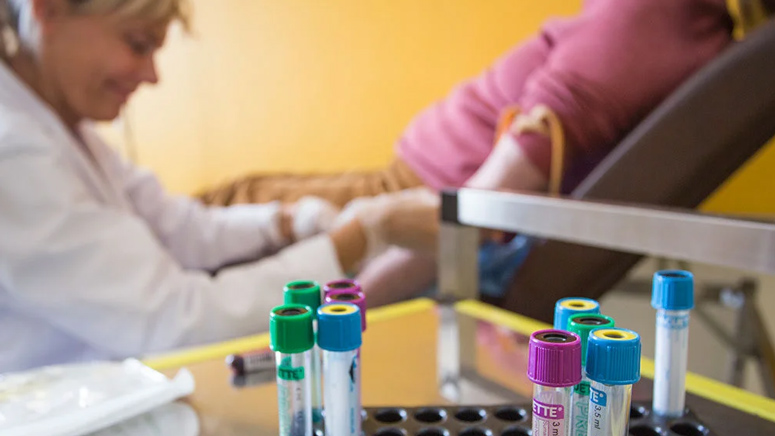The breakdown of aged red blood cells produces bilirubin as a byproduct. Red blood cells degrade and travel via your bloodstream to your liver for processing after completing their life cycles in your body. Bile is the fluid that your liver produces after separating bilirubin from other waste materials. Your intestines are where bile leaves your body. The pigment known as bilirubin is what gives bile its recognizable yellow hue. It also tints your feces.
A bilirubin test quantifies the level of bilirubin in your blood. It is utilized to assist in determining the root cause of health issues such as jaundice, anemia, and liver illness.
When a portion of your red blood cells degrade, bilirubin, an orange-yellow pigment, naturally results. The bilirubin in your blood is taken up by your liver, which modifies it chemically so that the majority of it is passed through your stool as bile.
If your bilirubin levels are higher than usual, it means that either your red blood cells are deteriorating unusually quickly or your liver isn’t properly degrading waste and eliminating the bilirubin from your blood.
Purpose of Bilirubin Test

It is used by doctors to identify and track liver and bile duct conditions in both children and adults. These include gallstones, [1] cirrhosis, [2] and hepatitis. [3]
Furthermore, it will reveal whether you suffer from sickle cell disease or any other disorders that result in hemolytic anemia. In this condition, red blood cells are lost more quickly than they are produced.
Jaundice is the medical term for when your skin and eyes turn yellow due to high bilirubin levels.
Newborns frequently have elevated bilirubin levels. To decide if a baby needs therapy, doctors will look at the newborn’s age as well as the type and amounts of bilirubin.













